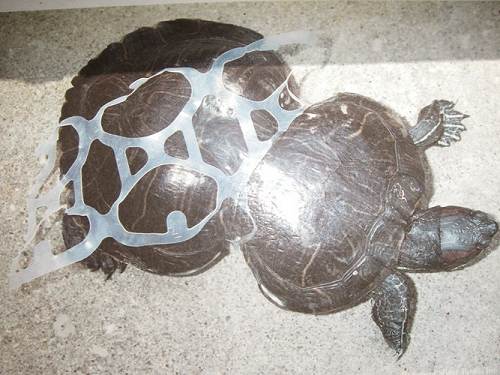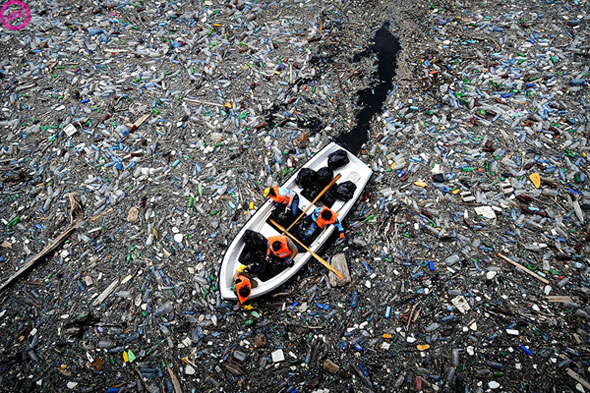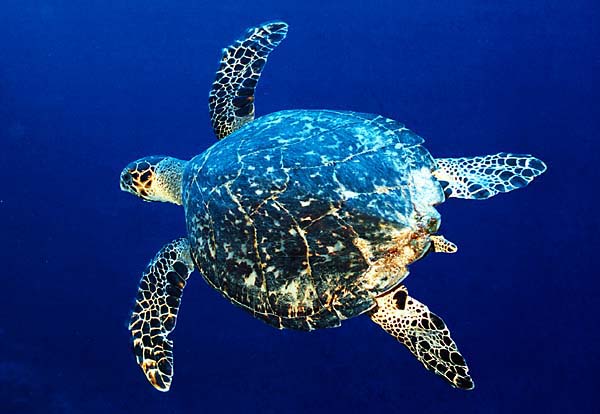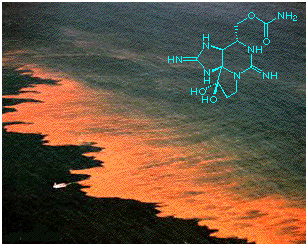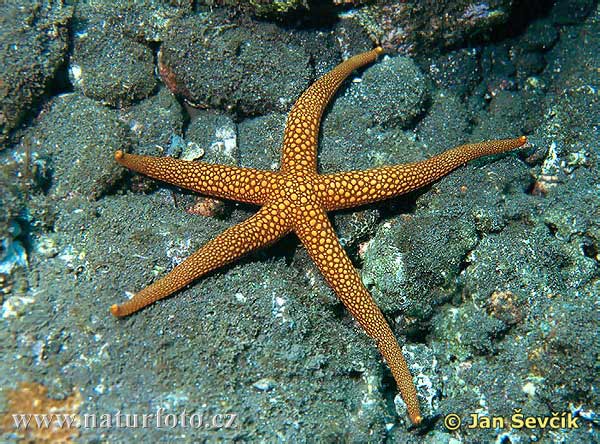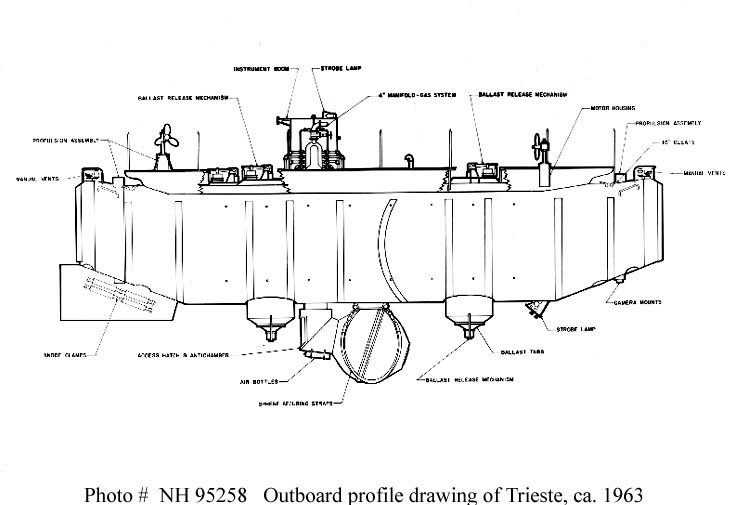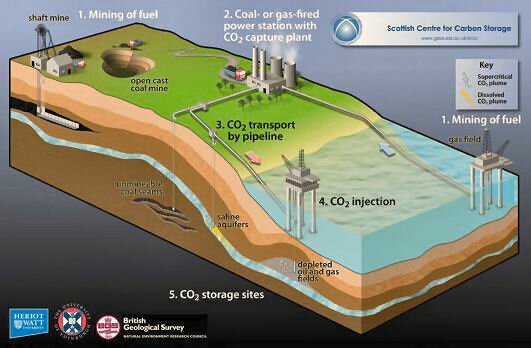Body Parts and Functions
Chromatophores: Spots that change size in order to change squid's color for camouflage or possibly communication
Eye: Well developed; allows them to see
Suction cups: Help the squid hold onto food
Tentacle: Longer than arms and only have suction cups on the tips; used to pass food to arms and then to mouth

6 interesting facts:
When a squid is threatened, it releases a cloud of ink to confuse predators and give it a chance to escape.
Squid can be as small as a thumbnail or as large as a house.
Squid sometimes feed on their own kind.
About 6,000 metric tons of squid are taken yearly for human food and bait.
Female squid produce 10-50 elongated egg strings, which each contain hundreds of eggs.
In many species of squid, the parents will die soon after leaving the spawning ground. :(
The most disgusting part of the lab was how smelly the squid was, and taking the beak out. It was also fun (in a disgusting, yet fascinating sense) to take the ink sac out and paint with it. My least favorite part of the lab was that we did not get any gloves; it seemed a bit unsanitary and slimy. But overall, it was interesting to receive a fuller understanding of squids.

suction cup under microscope
Gonad: Reproductive organ
Gills: Absorb oxygen from water
gills under microscope
Heart: Circulates blood
Ink sac: Squid releases ink from this gland when it is in danger
Brain: Highly developed for an invertebrate
Siphon: Squirts out water so that the squid moves like a jet
Heart, ink sac, brain, and siphon
Beak: Takes in food; resembles a bird's beak
FINAL PRODUCT:
Evaluation:
6 interesting facts:
When a squid is threatened, it releases a cloud of ink to confuse predators and give it a chance to escape.
Squid can be as small as a thumbnail or as large as a house.
Squid sometimes feed on their own kind.
About 6,000 metric tons of squid are taken yearly for human food and bait.
Female squid produce 10-50 elongated egg strings, which each contain hundreds of eggs.
In many species of squid, the parents will die soon after leaving the spawning ground. :(
The most disgusting part of the lab was how smelly the squid was, and taking the beak out. It was also fun (in a disgusting, yet fascinating sense) to take the ink sac out and paint with it. My least favorite part of the lab was that we did not get any gloves; it seemed a bit unsanitary and slimy. But overall, it was interesting to receive a fuller understanding of squids.






















